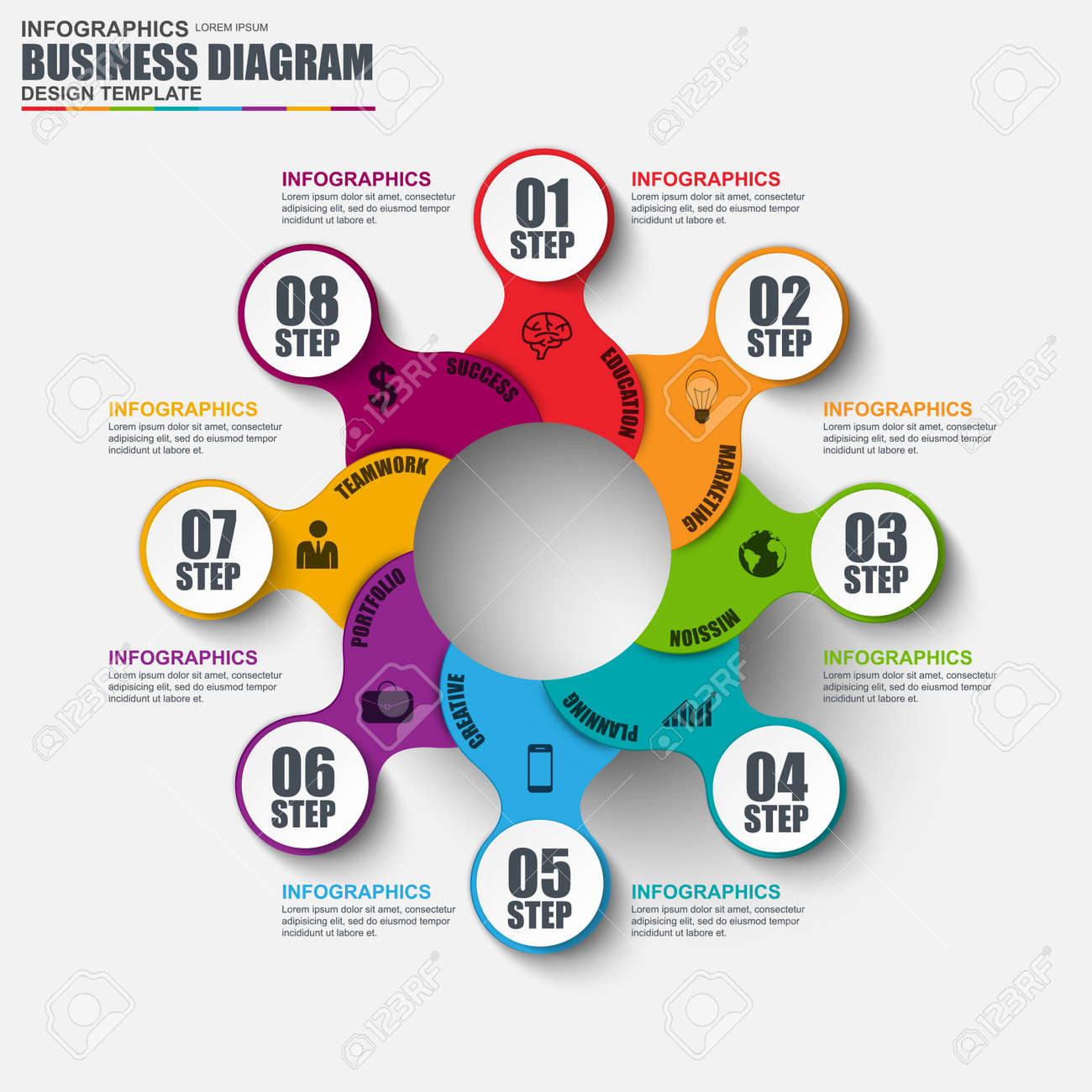Crafting A User-Friendly Site: Strategies And Strategies For Efficient Website Design
Crafting A User-Friendly Site: Strategies And Strategies For Efficient Website Design
Blog Article
Write-Up Developed By-Stokes Graves
Master the art of web design by concentrating on customer experience. Craft intuitive navigation and opt for mobile optimization to enhance the surfing experience. Guarantee easy navigating with clear headings and appealing visuals. Prioritize mobile responsiveness for a regular customer experience. By including these crucial layout principles, you can produce an user-friendly website that mesmerizes site visitors.
Necessary Style Concepts
When creating a website, focus on individual experience most of all else. Your main goal should be to develop a seamless and enjoyable experience for your visitors. Start by making sure that your site is easy to navigate. Usage clear headings, organized menus, and instinctive switches to lead users with your web content effortlessly. Keep in mind, simplicity is essential. Avoid cluttering your pages with unnecessary components that can overwhelm or perplex your audience.
An additional essential layout concept is to make sure your website is aesthetically enticing. Pick a natural color design, top quality photos, and readable typefaces to improve the overall appearance of your website. Uniformity is crucial in developing a strong brand name identification and making your website extra memorable to individuals.
Furthermore, focus on mobile responsiveness. With https://pamplinmedia.com/pt/11-features/550789-440887-daily-life-esperanza-spalding-plays-at-new-east-portland-fest browsing the internet on their smart devices and tablets, it's essential that your website looks and works well on all devices. Evaluate your site on different display sizes to make sure a seamless experience for all individuals. By focusing on these important layout concepts, you can produce an easy to use website that keeps visitors coming back for even more.
User-Focused Navigating
To enhance user engagement and streamline their searching experience, prioritize developing user-friendly navigating pathways that lead site visitors seamlessly with your site. Clear and well-organized navigating is critical for helping customers locate the info they require swiftly and successfully. Begin by maintaining your food selection structure simple and understandable. Use descriptive tags that clearly suggest what web content can be located under each menu option. In addition, think about implementing dropdown food selections for subcategories to stop overcrowding the major navigation bar.
Another vital facet of user-focused navigation is the use of breadcrumbs. Breadcrumbs are a second navigating help that shows individuals their existing place on the website and allows them to conveniently navigate back to previous pages. This function is specifically handy for customers that enter your site through a deep web link or an internet search engine result.
In addition, including search functionality plainly on your web site can better enhance individual navigating. https://www.optometrytimes.com/view/4-ways-to-use-local-seo-to-attract-more-patients allows users to swiftly find specific material without needing to click via numerous pages. Ensure that your search bar is conveniently noticeable and obtainable on every web page of your site for optimum use. By prioritizing user-focused navigation methods, you can develop a much more instinctive and pleasurable browsing experience for your site visitors.
Mobile Optimization Techniques
Think about maximizing your web site for mobile phones to make sure a smooth customer experience throughout different screen sizes. Mobile optimization is crucial in today's digital landscape where a considerable section of internet surfing takes place on mobile phones and tablets.
To improve mobile use, begin by applying responsive design techniques. This strategy enables your site to adapt to different display dimensions, keeping functionality and aesthetic appeals.
Concentrate on enhancing filling times for mobile individuals. Slow-loading web sites can discourage visitors and influence your internet search engine positions. Compress photos, reduce HTTP demands, and leverage browser caching to boost loading rate. In addition, focus on material pecking order for mobile displays. Guarantee that important info is prominently displayed, and navigating is user-friendly, promoting very easy access to key areas.
Use touch-friendly components such as bigger switches and streamlined kinds to facilitate interaction on smart phones. Conduct thorough screening throughout different mobile systems to identify and fix any kind of use problems.
Conclusion
Finally, grasping the art of web design is important for creating an user-friendly web site. By integrating necessary style concepts, user-focused navigating, and mobile optimization methods, you can guarantee a seamless and delightful experience for your site visitors.
For example, a neighborhood bakeshop saw a 30% rise in online orders after revamping their site to be more straightforward and mobile-responsive. Keep in mind, a properly designed internet site can make all the difference in attracting and preserving clients.
